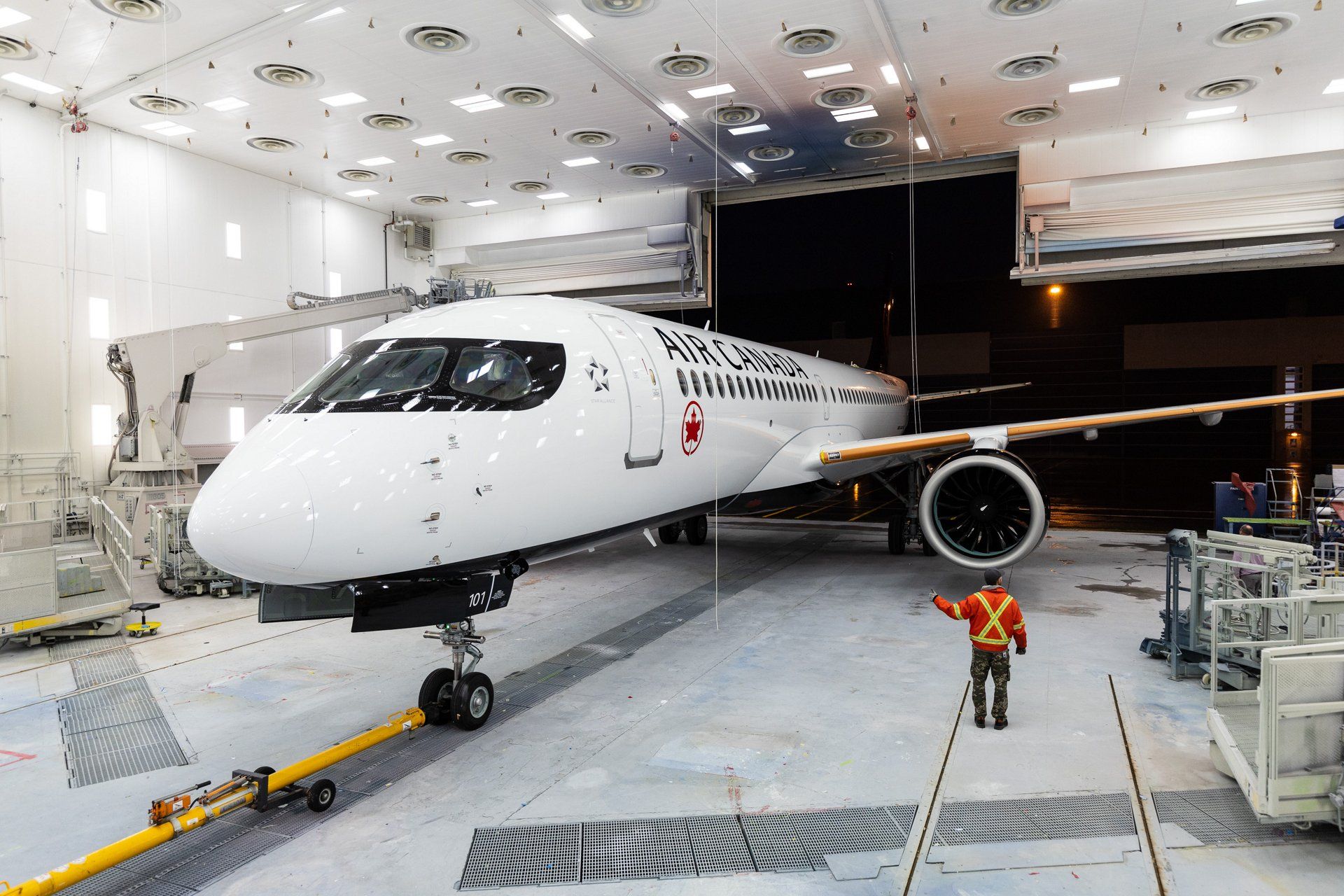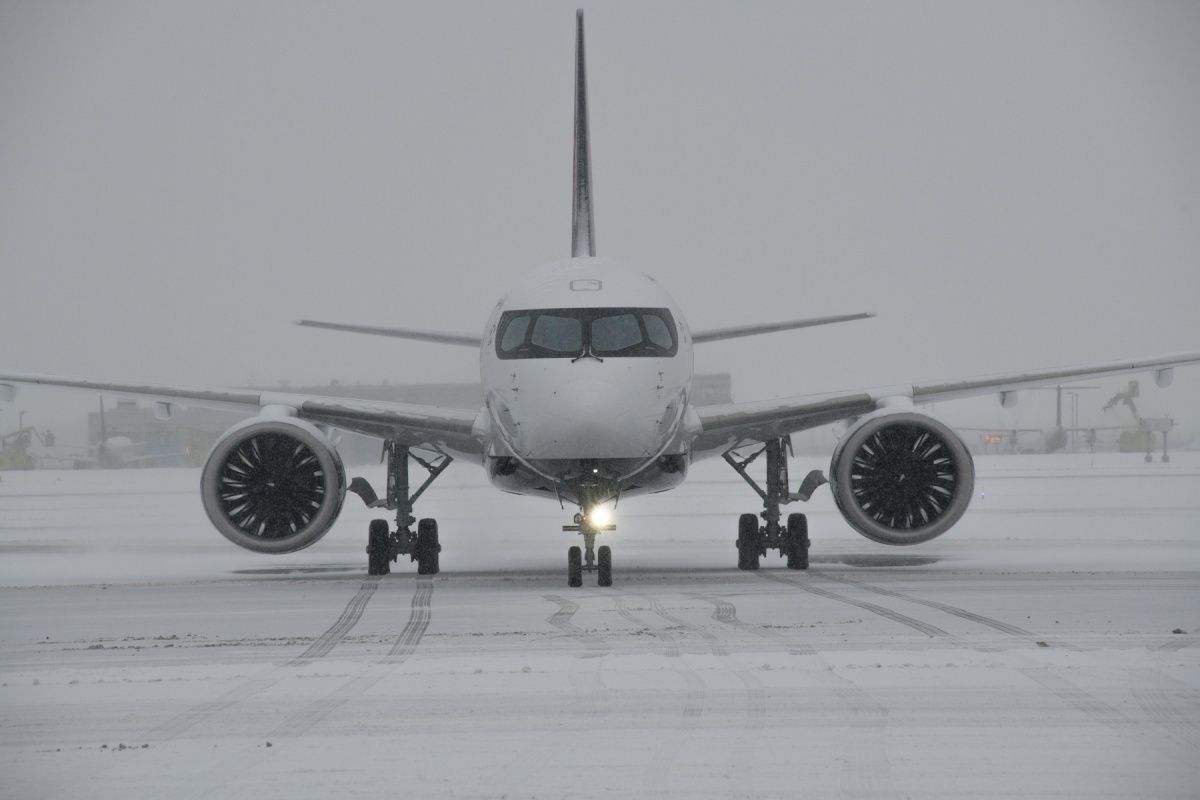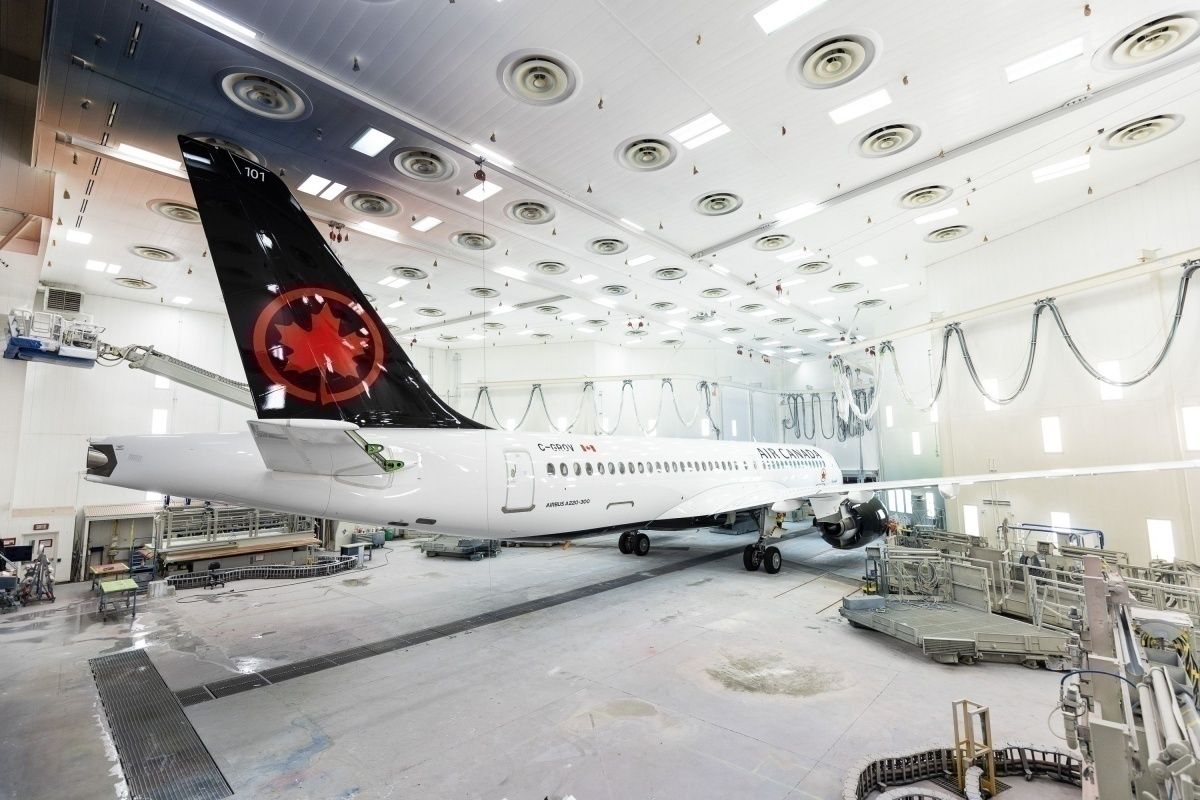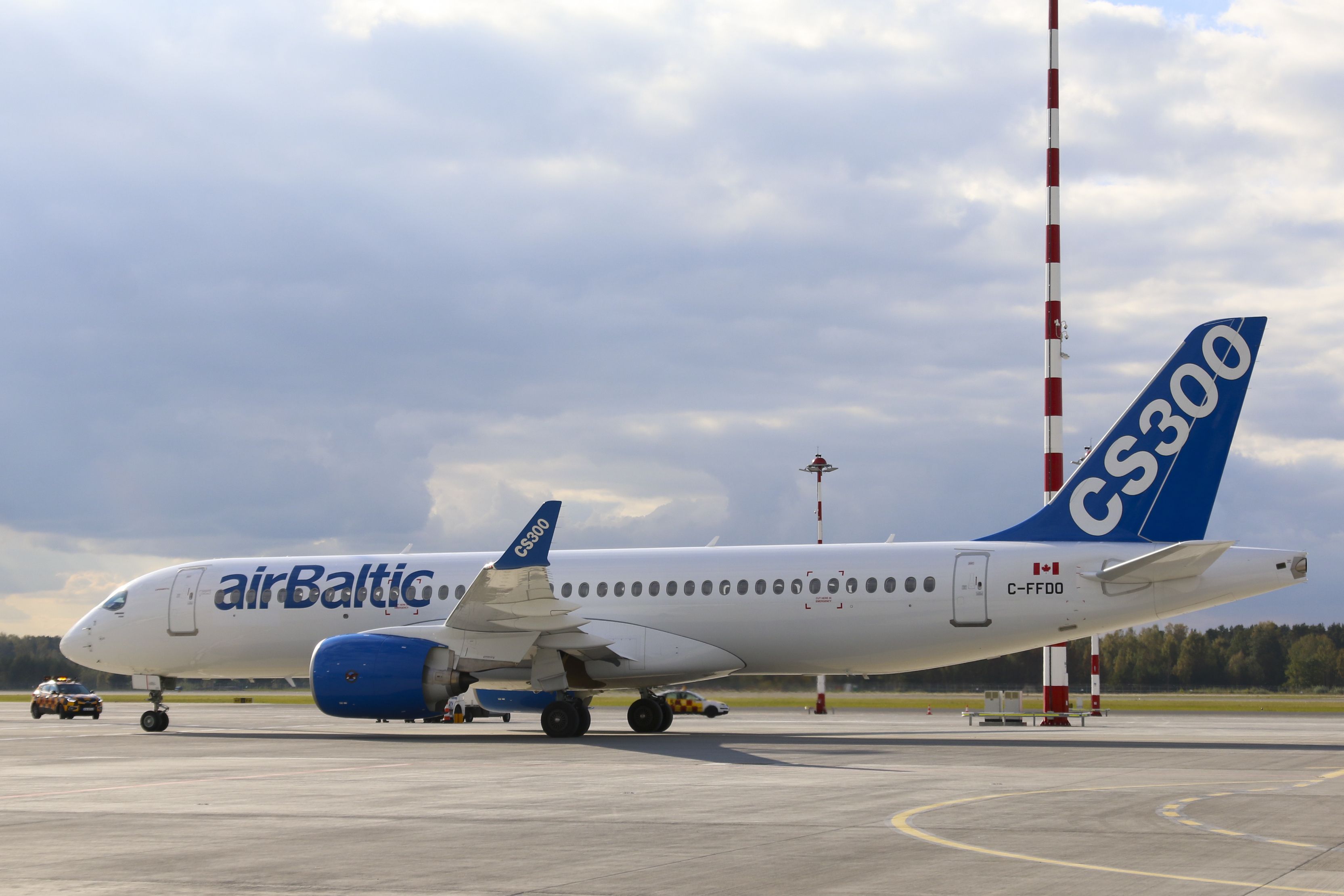 Air Canada
Air Canada
is especially in the Christmas spirit this year as on December 20, the airline confirmed with Airbus
that it would be exercising options for five more Airbus A220-300
aircraft. The confirmation is part of Air Canada’s existing order for 60 Airbus A220-300s from Airbus, bringing the total now to 65.
John Du Bert, Executive Vice President and CFO of Air Canada, had this to say about the option confirmation:
“The A220 has delivered on its promises for Air Canada…It has allowed us to open new routes and better serve existing routes with an aircraft that has the right economics to support our profitable growth strategy. It is also very popular with customers. We are pleased to add an additional five of these aircraft, built in Mirabel, Quebec, right up the road from our Montreal headquarters and to further support Canada’s aerospace sector…”
Long relationship with Airbus
Since its inception by Canadian aerospace manufacturer Bombardier
, Air Canada has been a firm supporter of the A220 as an aircraft to help drive the modernization of the carriers’ short to medium haul fleet. In 2016, Air Canada placed orders for 45 A220-300 (then referred to as CS300) aircraft, firming up the order with an additional 15 of the type in 2022.
Air Canada first took delivery of the A220-300 five years ago, on December 20, 2019. The airline was the first to operate the novel aircraft type on its maiden commercial flight in North America between its hub in Montreal and Calgary.
Photo: Air Canada.
According to Air Canada data, since the introduction of the aircraft type to its fleet, A220s have flown 304,600 flight hours to over 70 destinations and served around 13.5 million passengers. With 31 aircraft remaining on order, the aircraft type is the cornerstone of Air Canada’s fleet modernization.
When combined with its range of up to 3,600 miles and capacity of up to 149 passengers, the A220-300 has proven to be quite the versatile aircraft in the Air Canada fleet.
Currently, the Canadian flag carrier maintains an active fleet of 34 A220-300 aircraft that primarily operate out of the airline’s hubs of Toronto, Montreal, Quebec, and occasionally Edmonton.
The A220 is favored by both Air Canada and its pilots alike, with one A220 pilot, Ian Beauchemin, having this to say about his experience operating the aircraft type:
“The first word that comes to mind when thinking about flying the A220 is ‘easy’. It’s an aircraft that is very intuitive, with well-designed systems that are not complicated for pilots. We have access to a ton of information that is easy to see and analyze…”
![Air Canada, Airbus A220, logo mishap]() The A220 success story
The A220 success story
The program to develop an aircraft that would eventually become the A220 was originally launched by Bombardier in July 2008 at the Farnborough Airshow. At the time, the “C-Series” program, as it was then known, struggled to gain steam.
During the development of the CS100 and CS300 aircraft types (what would eventually become the A220-100 and -300), Bombardier faced numerous challenges such as the lack of a significant foot-hold in aircraft manufacturing. This led to the company being unable to provide carriers with the industry-wide discounts that are expected with bulk orders, which led to the CS program being able to garner only a handful of orders.
Photo: StockPhotosLV | Shutterstock
When combined with significant development delays, unforeseen costs, and even complaints from industry competitors like Boeing being filed against the Canadian aerospace company, Bombardier could not fully see through the development and manufacturing of the C-Series.
These woes are what eventually forced Bombardier to sell its C-Series program entirely to Airbus in 2018. The clout of the Airbus name, combined with the better finances and manufacturing of a world-leading aerospace company and ability to provide discounts on bulk orders for what is now called the A220 series is what arguably saved the A220 program.
In 2023, problems emerged with the A220’s Pratt & Whitney engines. While these issues have eased since then, they have made some carriers reconsider purchasing the aircraft type. However, the vast majority of airlines, including Air Canada, are still very much satisfied with the A220.





 The A220 success story
The A220 success story